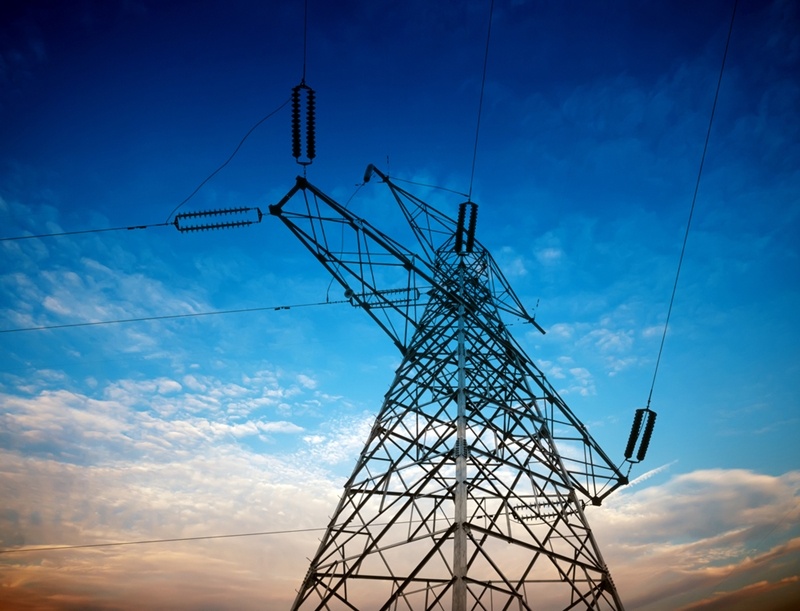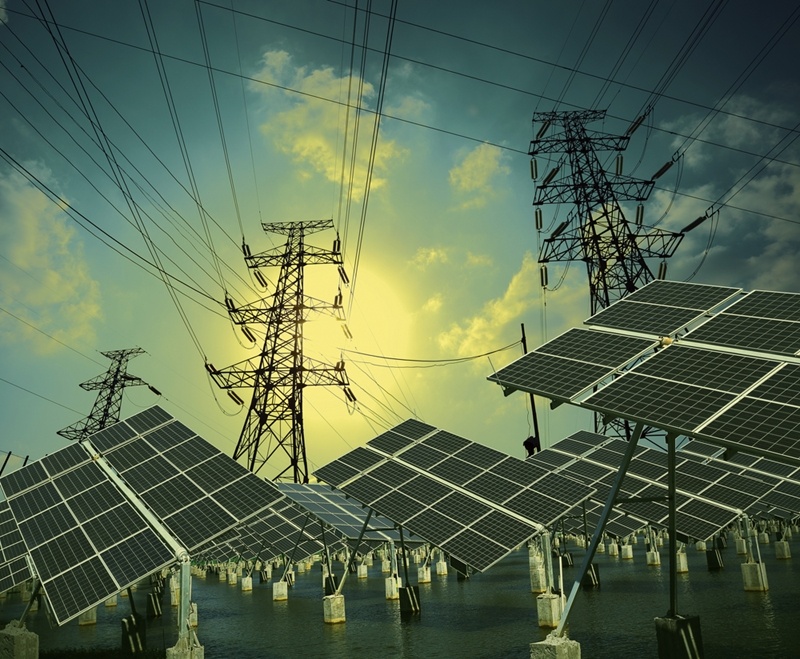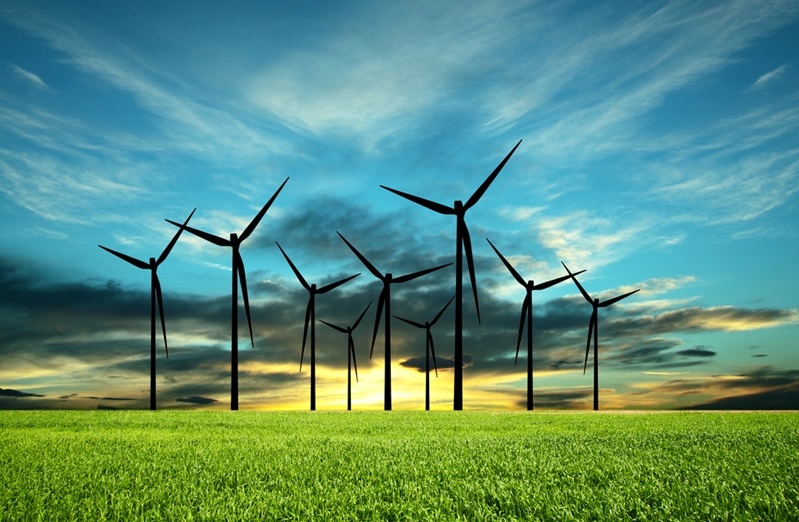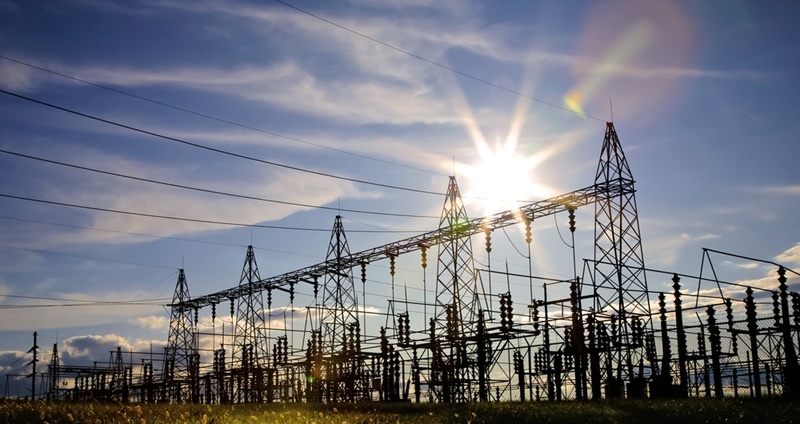DOE report highlights struggles crippling U.S. energy grid
Research released this week from the White House suggests there's no better time than the present to deal with America's energy infrastructure.
U.S. Department of Energy outlined the struggles facing the nation's energy grid in a report composed in conjunction with the Office of Science and Technology Policy as well as the Domestic Policy Council. The 350-page Quadrennial Energy Review, the first of its kind, recommended a decade-long investment plan totaling upwards of $3.5 billion to address modern challenges in the energy industry, according to Greentech Media. Bringing these issues to the surface provided a stark glimpse into several important factors plaguing infrastructure and how both the government and the private sector can come to its aid.
"Since 2008, severe storms have grown as a leading cause of grid repairs."
Aging energy infrastructure
First, the U.S. must turn back the clock on a substantial portion of its physical energy operations. Pipelines, transmission wires, power plants - all of these things are subject to wear and decay over time. Nearly half of all U.S. natural gas pipelines were built in the 1950s and 1960s, the report stated. Retrofitting these technologies to meet efficiency standards is one thing, but at a certain point they will require more than just adjustments.
Unfortunately, the choice to invest in upgrading certain types of large-scale infrastructure raises the question of whether or not the U.S. should attempt to rebuild transmission lines for energy slowly moving out of style. Private companies have been weighing how to keep their assets functional while not investing too much in an enterprise getting cheaper by the day, but one that's also losing its market share to renewable energy.
 Utilities will need to work with the government to sustain the grid.
Utilities will need to work with the government to sustain the grid.
Renewable energy integration
Beyond replacing failing technology and repairing inefficient transmission lines, the QER pointed out a new dilemma the grid must soon place its focus on. As the market for renewable energy broadens and strengthens, U.S. transmission, storage and distribution infrastructure will need to accommodate new power sources with and intelligent and reliable plan for assimilation.
However, most of this ground-level grid connections are owned and operated by public entities, whose adhere to state law before federal. Additionally, depending on laws regarding individual deregulated energy markets, energy delivery could be a complicated web of multiregional cooperation, involving more than one state. For this equipment to meet the needs of future forms of generation, the private sector overseeing the flow of energy must act in conjunction with not only the government, but the concerns of their customers regarding renewable versus combustive generation. According to the ASCE, by the end of the decade, the investment gap for transmission and distribution alone could teeter to $94 billion. However, continued avoidance of overhauls in exchange for "quick fixes" could result in trillion-dollar necessities by 2020.
Disaster recovery
Climate change and cybersecurity are two relatively new threats to the U.S. energy grid. While everyone might be familiar with a power outage disrupting their electricity, these problems have the ability to do far worse to a larger audience. After all, energy ties into every industry, and widespread grid failure could have a catastrophic effect on many important services simultaneously. Though a significant cybercrime has yet to be successfully perpetrated against the grid - many have tried - severe storms have grown as a leading cause of grid repairs, reaching several billion dollars a year consistently since 2008.
As such, the government believes incorporating disaster recovery plans into all forms of energy transmission, not just electrical. Liquid resources, as the report stated, might be harder to hack, but they'll also be the most difficult to return to proper operating procedure after the fact.
This content is property of ESCO Advisors and all reproductions must reference and link back to the ESCO Advisors website.
Share this
You May Also Like
These Related Stories

Maine Senator drafts unprecedented distributed energy resources bill

Is U.S. wind energy caught in an updraft?


